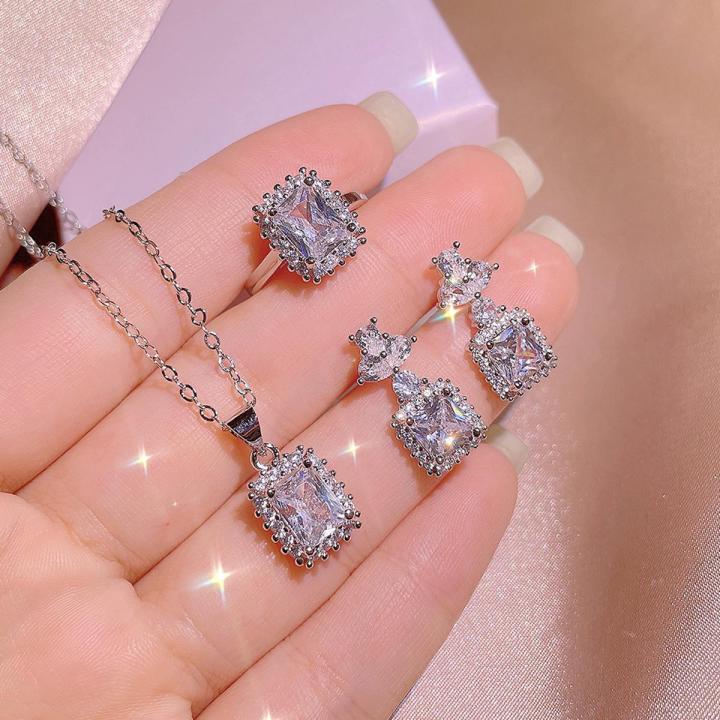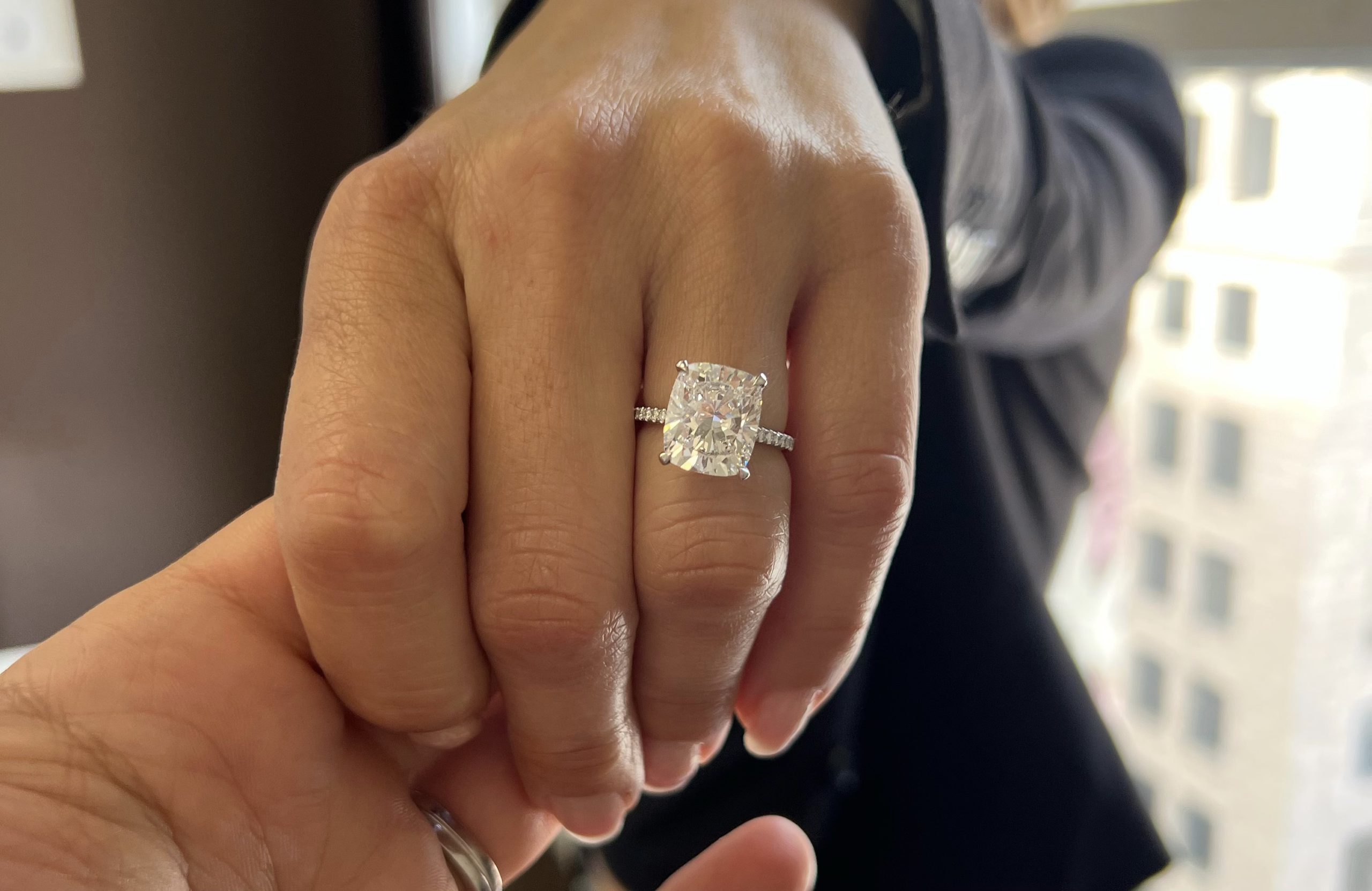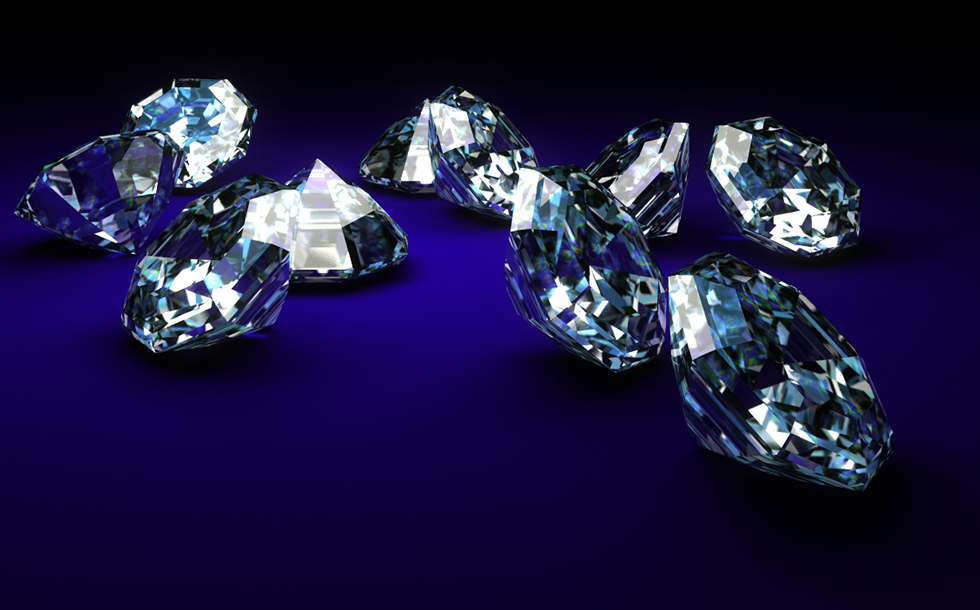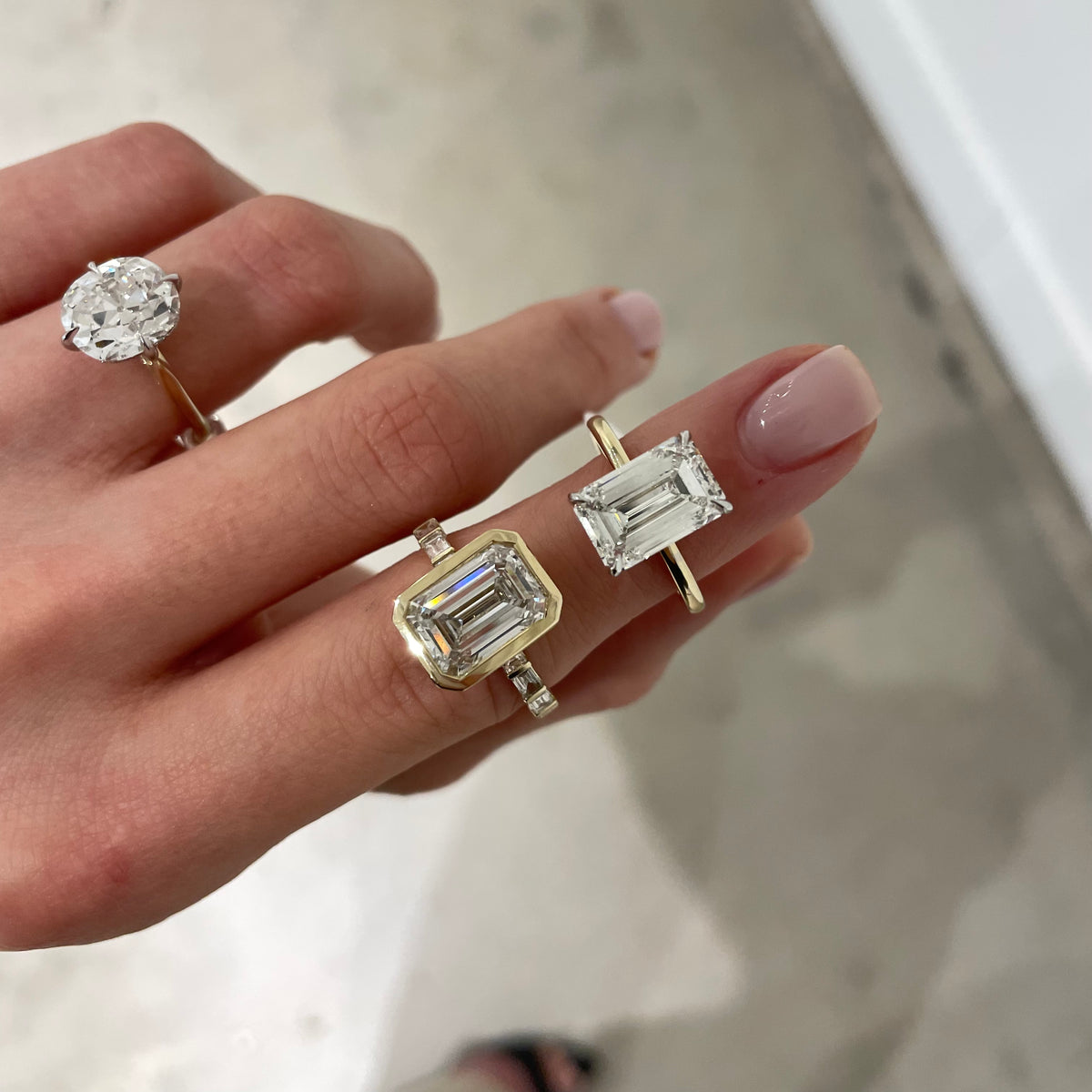When selecting a ring, especially for engagement or significant events, many people find themselves debating between platinum and gold. The addition of lab made diamonds further complicates the decision, offering a stunning and ethical alternative to natural diamonds. This guide will help you navigate these choices, ensuring that you make the best selection for your style, budget, and values.
Why Choose Lab-Made Diamonds?
Lab-made diamonds, also known as lab-grown diamonds, are chemically and physically identical to natural diamonds. They are crafted using advanced technology that replicates the natural diamond formation process, producing diamonds that are nearly impossible to distinguish from those mined from the earth.
One of the primary reasons to choose lab-made diamonds is their environmental benefit. Since these diamonds are created in controlled laboratory environments, they do not involve the destructive mining processes that can harm ecosystems and displace communities. Additionally, lab-made diamonds are ethically sourced, eliminating concerns about conflict diamonds or unethical labor practices that can plague traditional diamond mining.
Another compelling advantage of lab-grown diamonds is their affordability. They can cost significantly less than mined diamonds, often by 20-40%, allowing buyers to opt for larger or higher-quality stones without exceeding their budget. Lab-grown diamonds also offer a wider variety of colors and sizes, providing greater flexibility in designing custom rings that reflect personal tastes.
Platinum Rings: Durability and Prestige
Platinum is known for its exceptional durability and luxurious appeal. As one of the most prestigious metals used in jewelry, platinum rings stand out for their beauty and strength, making them an ideal choice for rings featuring lab-made diamonds.
One of the primary reasons to choose a platinum ring is its strength. Platinum is denser than gold and other metals, which means it is more resistant to scratches and everyday wear. This makes it an excellent option for those seeking a ring that will maintain its appearance over the years, even with constant use. Platinum’s durability also helps to protect the setting of lab-made diamonds, ensuring that your precious stones remain securely in place.
Platinum’s natural color is another key selling point. Unlike white gold, which is often coated with rhodium to enhance its brightness, platinum naturally maintains a bright, white luster over time. This complements the brilliance of lab-grown diamonds, enhancing their sparkle and creating a timeless, elegant look.
While platinum is more expensive than gold, many consider it a worthwhile investment due to its longevity and low maintenance. Platinum is hypoallergenic, making it an excellent choice for those with sensitive skin.
Gold Rings: Versatility and Tradition
Gold remains one of the most popular choices for jewelry, and its timeless appeal makes it a strong contender when paired with lab-made diamonds. Gold offers a range of options in terms of color, purity, and style, making it a versatile metal that can suit various personal preferences.
Yellow gold is the classic choice, known for its warm, rich hue that has been prized for centuries. It pairs beautifully with both traditional and modern ring designs, offering a striking contrast to the clear brilliance of lab-made diamonds. White gold has become increasingly popular in recent decades, providing a sleek and contemporary appearance similar to platinum. However, unlike platinum, white gold needs regular maintenance, including periodic rhodium plating, to maintain its bright, silvery sheen. Rose gold is a modern favorite, offering a romantic and vintage-inspired look. Its soft, pinkish hue provides a unique and elegant backdrop for lab-grown diamonds, making it a popular choice for those seeking something different.
One of the key advantages of gold rings is their affordability compared to platinum. Gold rings are generally less expensive than platinum, which makes them an attractive option for buyers who want a stunning ring without exceeding their budget. Additionally, gold is more malleable than platinum, which allows for more intricate designs and detailed engravings.
Platinum or Gold: Which Metal is Right for You?
Choosing between platinum and gold largely depends on your lifestyle, aesthetic preferences, and budget. Platinum is a fantastic choice if you’re looking for a low-maintenance, long-lasting metal that can withstand daily wear while retaining its shine. Its natural whiteness enhances the brilliance of lab-made diamonds and ensures that the ring maintains its elegance over time. If durability and prestige are at the top of your list, platinum may be the better option.
Gold, on the other hand, offers versatility in terms of color and design. Whether you prefer the traditional warmth of yellow gold, the sleek appearance of white gold, or the romantic allure of rose gold, there is a gold ring to suit your style. Gold’s lower price point compared to platinum also makes it an attractive choice for those working within a specific budget, though it may require more maintenance in the long term, especially if you opt for white gold.
Durability and Longevity
Durability is one of the most important factors when choosing a ring, especially one that will be worn daily, such as an engagement or wedding ring. Platinum is significantly stronger than gold, making it a popular choice for those looking for a ring that can stand the test of time. Unlike gold, platinum is less prone to thinning over time, which means it will hold its shape better after years of wear.
Gold is softer than platinum, particularly in higher karat purities. This softness allows for intricate designs but also makes gold more susceptible to scratches and wear. However, gold’s malleability also allows for easier resizing or adjustments later on, which can be a useful consideration if your ring size changes over time.
Maintenance and Care
When it comes to maintenance, platinum requires less frequent care than gold, particularly white gold. Platinum’s natural white sheen does not tarnish or fade over time, meaning it will not require re-plating like white gold. However, platinum can develop a patina over time—a soft, matte finish that some find appealing for its vintage appearance. This patina can be polished out if a brighter shine is preferred.
Gold, especially white gold, requires more maintenance to keep it looking its best. White gold is typically plated with rhodium, a metal that enhances its bright white color. Over time, this plating can wear off, revealing the yellowish tint of the gold underneath, and will need to be reapplied to maintain the ring’s appearance.
Final Thoughts
Ultimately, the choice between platinum or gold ring with lab-made diamonds depends on a balance of personal preference, lifestyle, and budget. Both metals have their own advantages, and the growing popularity of lab-grown diamonds ensures that you can select a ring that is both stunning and ethical. Whether you are drawn to the durability and prestige of platinum or the versatility and warmth of gold, either option paired with lab-made diamonds will provide a beautiful and meaningful symbol of love or personal achievement.








